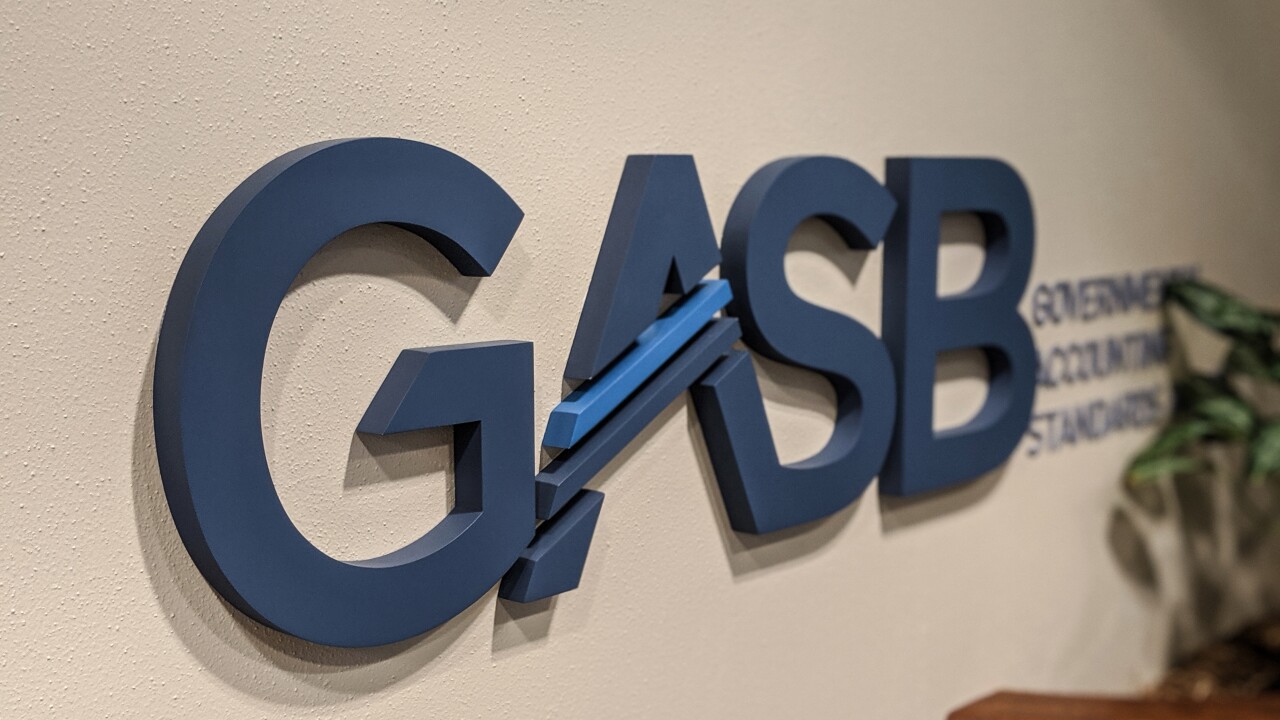Remarks from Federal Reserve officials on Thursday highlighted a growing split between its Washington-based Board of Governors and many of the central bank's regional bank presidents, who are more eager to get on with raising interest rates.
Chair Janet Yellen has worked hard to preserve consensus among the 17 current members of the policy-setting Federal Open Market Committee, but it's started to fray. Three regional Fed presidents dissented in favor of a rate hike at last week's FOMC meeting and comments since then show that other officials shared their desire to tighten for the first time this year.
Philadelphia Fed chief Patrick Harker said the U.S. central bank should begin lifting rates to get ahead of inflation and avoid "falling behind the curve." His remarks echoed those in recent days from his counterparts in Boston, Dallas, San Francisco, Cleveland and Kansas City.
By contrast, Fed Governor Jerome Powell said policy makers can continue to be patient, a view in line with recent remarks from three other governors, including Chair Janet Yellen.
"Inflation is below our target and has been for five years," Powell said. "We are also in a global environment in which growth is weak and there are deflationary forces."
At its Sept. 20-21 meeting, the FOMC voted to leave interest rates unchanged for the sixth straight time, opting to wait for more evidence that gains in employment will continue and bring inflation closer to the Fed's 2 percent target. Policy makers noted, though, that the case for a move had strengthened and most of them expected a hike this year.
Boston Fed President Eric Rosengren, Cleveland's Loretta Mester and Kansas City's Esther George all dissented, saying they preferred to lift the target range of the federal funds rate by a quarter percentage point, the first time in five years that three voters have dissented in preference of a rate hike.
Regional Fed presidents have tended to lean a bit more hawkish than the board, based on their FOMC dissents and public comments. The boards of directors of eight regional Fed banks voted in July for an increase in the separate discount rate -- a symbolic gesture of their support for lifting the main policy rate.
The Fed's governors all have permanent votes on the FOMC, along with the president of the New York Fed. Four other votes rotate on an annual basis among the remaining 11 regional presidents. Two of the seven governor slots -- which are picked by the U.S. president and are subject to Senate confirmation -- are currently vacant.
Prices in federal funds futures contracts imply that investors put the chances of a rate rise at or before the December meeting at about 55%. They see a 19% probability of a move at the next FOMC meeting, on Nov. 1-2, the week before the U.S. presidential election.
Harker, in an interview with Bloomberg television, said he would have been comfortable with an increase last week.
"I tend to be in the camp of normalizing sooner, rather than later," said Harker, who will vote on the FOMC in 2017. He later told reporters that "we will have enough, if things continue on the current trajectory, that I anticipate that December will be an appropriate time for a rate increase." Harker will be an FOMC voter next year.
George, in her first public remarks on her dissent on Wednesday, said it's time for the Fed to act to prevent a tightening labor market from triggering much higher inflation.
"We need to slowly but surely make progress in adjusting that interest rate so we don't get far behind," she said at a minority banking forum in Kansas City.
Atlanta Fed President Dennis Lockhart, speaking in Orlando, Fla., on Thursday, said a change in policy could come "before long," though he added he supported the decision last week not to hike.
"It makes sense to see a little more evidence of progress toward our statutory policy objectives," he said. Lockhart is not a voter this year and has announced he will retire in February.





